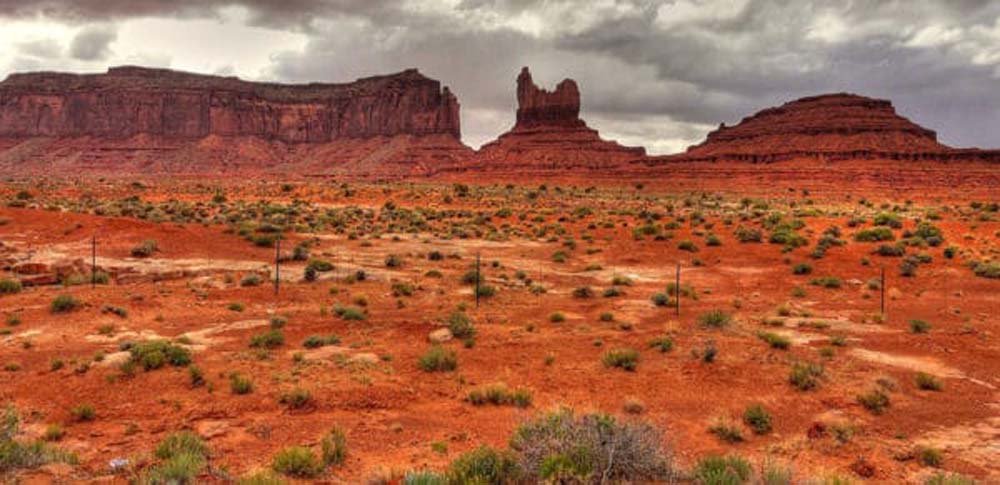The Arizona Technology Council became involved in the state’s energy policy based on a hunch. The council felt that a report by Ascend Analytics projecting the costs for Arizona to reach 50% clean energy by 2035 “overstated the costs to increase clean electricity resources,” said Steve Zylstra, the council’s president and CEO.
So the council joined with Ceres to hire Energy Futures Group to assess Ascend’s report. EFG had previously worked with solar trade group SEIA to analyze a Michigan utility’s resource plan, using the same planning model as the utility used, and found $100 million in potential customer savings from promptly adding 2GW of solar.
Ascend Analytics had prepared its report based largely on modeling conducted by Arizona utilities. EFG concluded that the Ascend report’s projections of the costs for Arizona utilities to reach proposed clean energy targets “are likely to be incorrect and generally overstated, especially for Arizona Public Service.”
EFG added that it lacked access to “key information” underlying the Ascend report, with “limited access to the utilities’ modeling files” on which the Ascend report relied. The Arizona Technology Council and Ceres included EFG’s report in a regulatory filing last October.
Arizona could “produce a more robust record” on which to base a regulatory decision, EFG suggested, by enabling intervenors in proceedings on utility resource plans to have a license to use the same planning model used by the utility, at no cost. Several states already have such a provision, EFG said.
Early this month the Arizona Corporation Commission followed that suggestion, ordering three utilities to make their future resource modeling transparent and provide model access. The commission had previously rejected the proposed clean energy targets for 2035 and 2070, in a January vote.
A level field
“It’s hard to overstate how important leveling the modeling playing field is,” said Anna Sommer, lead author of EFG’s report. “As all modelers know, modeling simulations reflect the judgement of the modelers. It’s much more powerful to demonstrate the impact of differences in modeling assumptions on portfolio cost and resource selection, than it is to merely talk about what those differences might be.”
Solar and consumer advocates have long demonstrated how utilities have used modeling assumptions to block solar in their resource plans. But in New Mexico, Sommer said, modeling transparency allowed EFG to show that renewables, storage, and demand-side management could reliably and cost-effectively replace coal. And in Michigan, transparency let EFG show that including incentives for distributed solar would enable the utility to meet demand at a cost comparable to its preferred plan, she said.
Model access
The Arizona Corporation Commission’s order on transparency requires that Arizona Public Service, Tucson Electric and UNS Electric, when preparing future integrated resource plans, work with the provider of their utility modeling software to enable stakeholders, advocates and commission staff to perform their own modeling runs using that same software, “and to provide all necessary data and support to fully utilize the models.” The utilities must absorb the cost of the licensing fees.
The order does not apply to Phoenix-area utility Salt River Project because it is not regulated by the commission. Yet as SRP is now engaged in resource planning, “the issue of greater transparency and modeling access has come up in its advisory group discussions, especially in the wake of the commission’s decision,” said Jennifer Helfrich, senior manager of state policy at Ceres. The nonprofit Ceres had previously been involved in reviews of utility resource plans in Colorado and Michigan.
Solar recently provided 9% of Arizona’s electricity, according to SEIA. In neighboring states, solar generation has reached 26% in California, 18% in Nevada, 10% in Utah and 7% in New Mexico, SEIA data show.
This content is protected by copyright and may not be reused. If you want to cooperate with us and would like to reuse some of our content, please contact: editors@pv-magazine.com.








what is the cost of breathing polluted air? Model it !
“EFG concluded that the Ascend report’s projections of the costs for Arizona utilities to reach proposed clean energy targets “are likely to be incorrect and generally overstated, especially for Arizona Public Service.” ” Surprise! Surprise! LOL! Thank goodness the the ACC has finally forced these monopoly PUBLIC utilities to make their modelling info available. They have to be dragged, kicking and screaming, into the clean renewable energy future we so badly need.